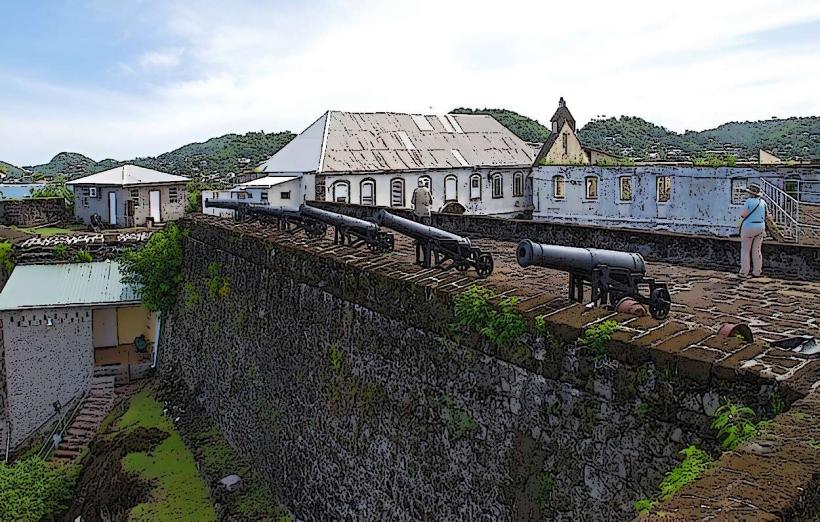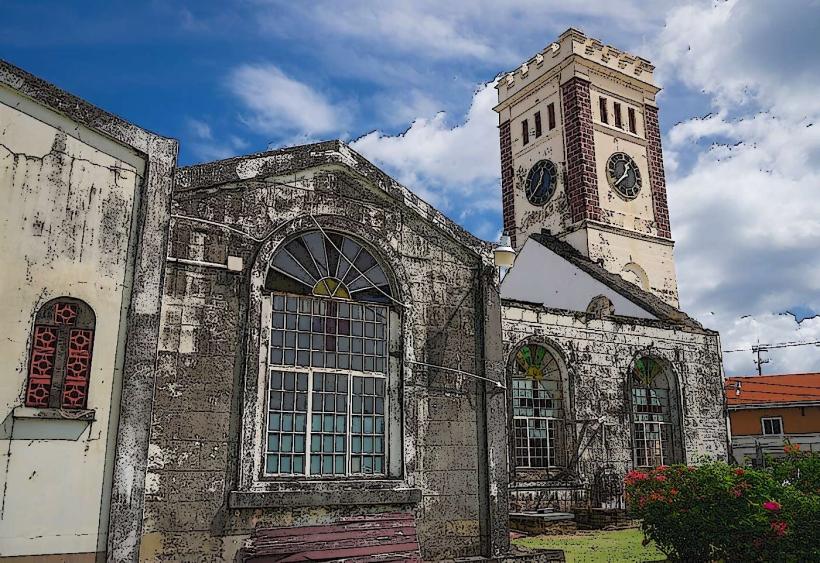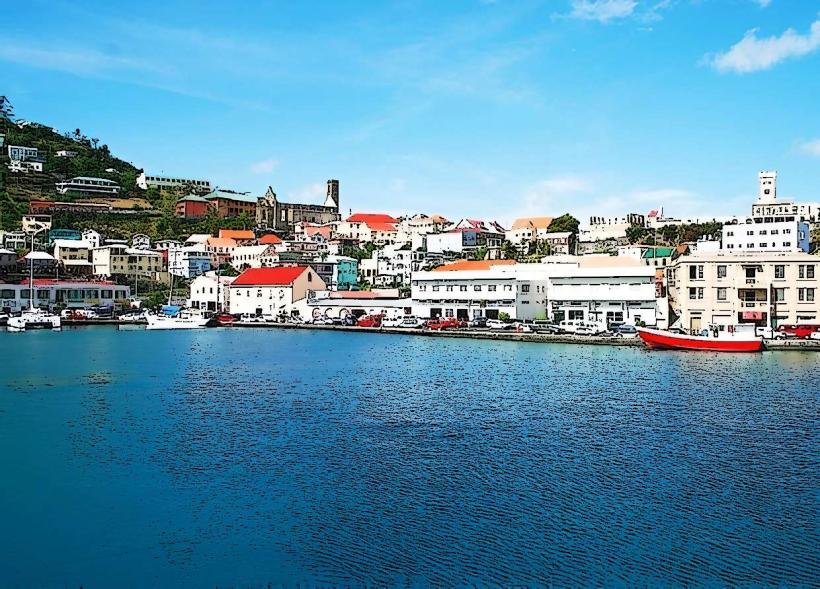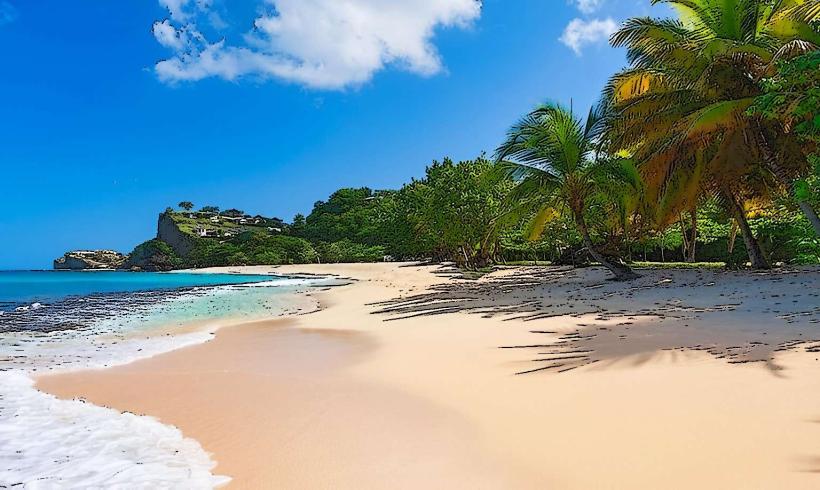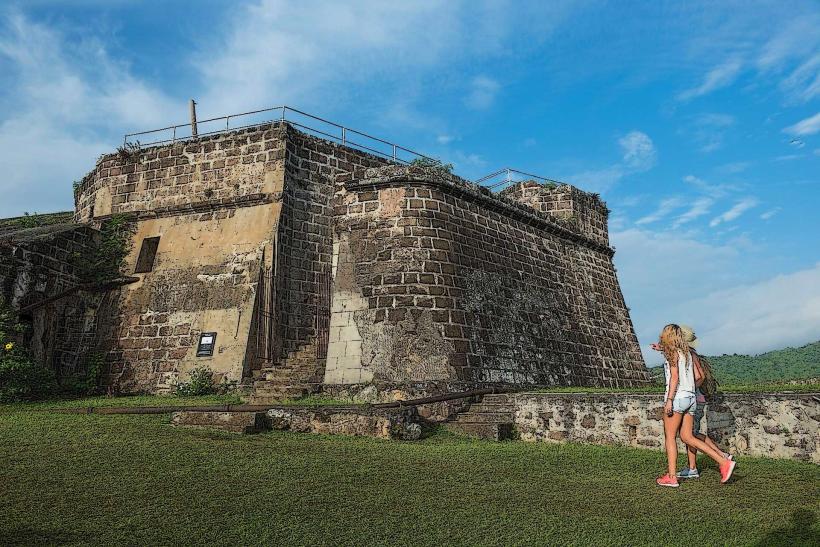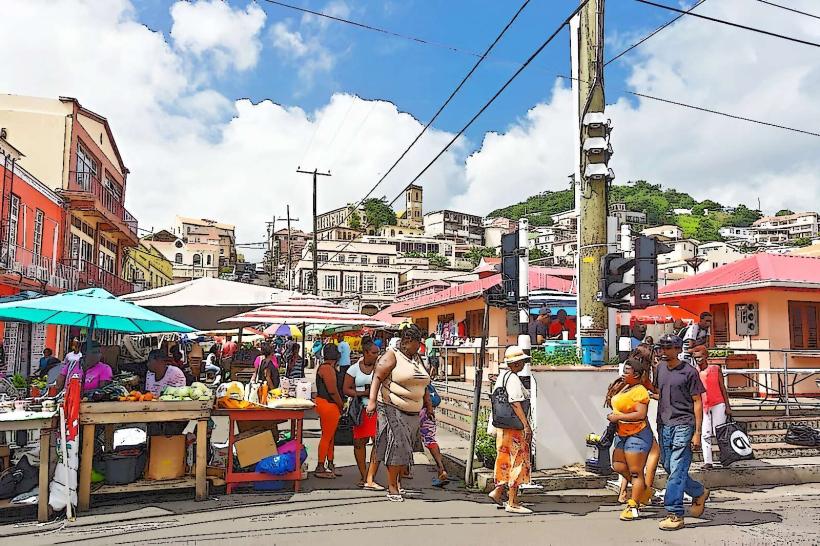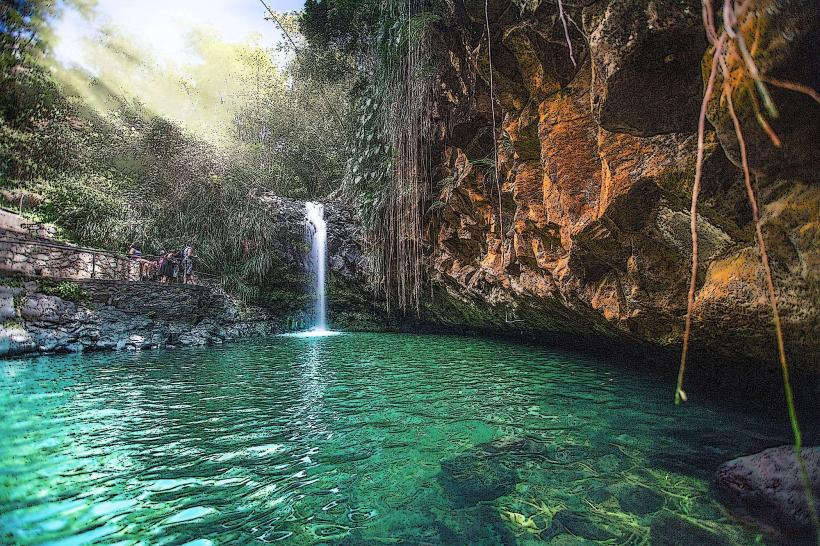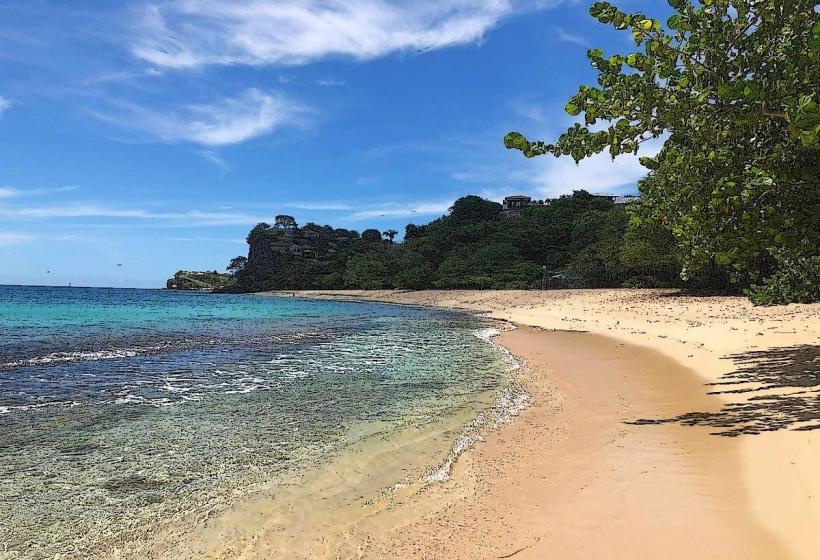Information
Landmark: Grenada National MuseumCity: St Georges
Country: Grenada
Continent: North America
Grenada National Museum – St. George's, Grenada
The Grenada National Museum is a prominent cultural and historical museum located in the capital, St. George's, Grenada. It is dedicated to preserving and showcasing the rich history, culture, and heritage of the island, offering visitors an insight into the island's journey from its early indigenous days through its colonial history to its eventual independence.
General Information
- Location: The museum is situated in downtown St. George's, at the northern end of the Carenage, next to the water. The building itself is an important historical landmark.
- Opening Hours: Typically open Monday to Friday, from 9:00 AM to 4:00 PM, with some variations on public holidays.
- Admission: The entrance fee is usually modest, making it an affordable destination for tourists interested in learning more about Grenada’s history.
History of the Museum
- Building History: The Grenada National Museum is housed in a historical building that was once a French colonial barracks in the late 18th century. The structure is a good example of colonial architecture, reflecting the period's influence on the island.
- Establishment: The museum itself was founded in 1976, and it serves as a central point for the preservation of Grenada’s diverse history, including its indigenous heritage, colonial past, and post-independence period.
Main Exhibits and Features
1. Indigenous History
- Pre-Colonial Artifacts: The museum showcases items from the island’s indigenous peoples, including the Arawak and Carib tribes. Visitors can see tools, pottery, and other objects that provide insight into the early cultures that inhabited Grenada before European contact.
2. Colonial Era
- Slavery and Plantation Life: The museum also covers the colonial period, including the slave trade, which played a significant role in Grenada’s economy and society. Visitors can learn about the sugar plantations, the harsh conditions enslaved Africans endured, and the island’s transition from French to British rule.
- French and British Influence: Exhibits highlight the French and British colonial periods, with items like uniforms, weapons, and documents that reflect the ongoing rivalry between the two powers and their impacts on Grenada's development.
3. Independence and Modern History
- Independence Movement: The museum features materials relating to Grenada's struggle for independence in the 1960s and 1970s, culminating in Grenada’s independence from Britain in 1974. Exhibits include photographs, newspapers, and artifacts documenting the events and figures involved in the island’s push for self-rule.
- Grenada Revolution (1979-1983): The museum offers an in-depth look at the Grenada Revolution, which occurred from 1979 to 1983 under the leadership of Maurice Bishop. It provides context about the rise of the New Jewel Movement, the changes brought about during this period, and the subsequent U.S. invasion in 1983.
4. Natural History
- Flora and Fauna: The museum also includes exhibits on the island's natural environment, showcasing the diverse flora and fauna of Grenada. The island is known for its unique spices like nutmeg, and the museum features displays of the island’s key agricultural products.
5. Cultural Heritage
- Caribbean Art and Craft: Visitors can explore various forms of Caribbean art and craft, with pieces that reflect the Afro-Caribbean culture that shapes modern Grenada. This includes works by local artists, musicians, and artisans who continue to preserve and evolve traditional forms of art on the island.
- Music and Festivals: The museum also highlights Grenadian music, especially genres like calypso, soca, and the annual carnival, which play an important role in the island's cultural identity.
Why Visit the Grenada National Museum?
The Grenada National Museum is an excellent destination for anyone interested in learning about the island's history, culture, and heritage. With exhibits that span from the indigenous era to the modern-day, it offers a comprehensive understanding of how Grenada has evolved through the centuries. The museum’s central location in St. George's also makes it an accessible stop for tourists looking to learn more about the island's background while enjoying the scenic beauty of the capital city.
Whether you’re interested in the island’s colonial history, its struggle for independence, or its natural wonders, the Grenada National Museum provides an enriching and informative experience.

